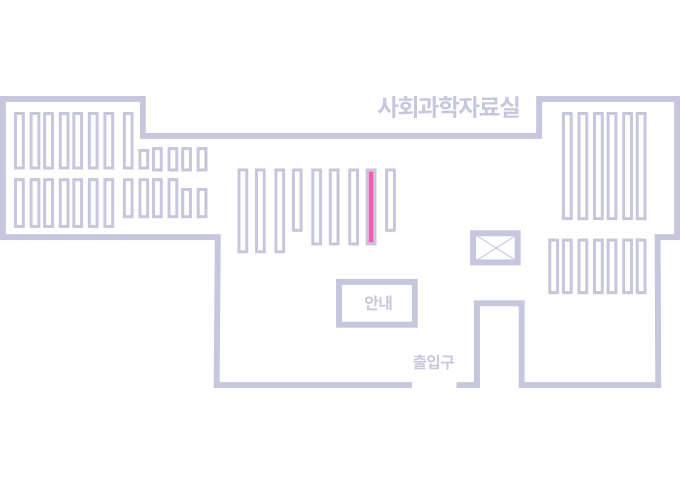권호기사보기
| 기사명 | 저자명 | 페이지 | 원문 | 기사목차 |
|---|
| 대표형(전거형, Authority) | 생물정보 | 이형(異形, Variant) | 소속 | 직위 | 직업 | 활동분야 | 주기 | 서지 | |
|---|---|---|---|---|---|---|---|---|---|
| 연구/단체명을 입력해주세요. | |||||||||
|
|
|
|
|
|
* 주제를 선택하시면 검색 상세로 이동합니다.
Contents 1
Introduction 1
Opportunities 3
Challenges 5
Recommendations 6
Figures 3
Figure 1. Satellites launched to GEO versus associated number of two-line elements, 1964-2023 3
Recent developments in applied artificial intelligence (AI) research show that AI-driven tools can reliably characterize satellite behaviour in the near-Earth space environment. State- and international-level regulators are well-positioned to use these tools to uphold their responsibilities to promote safe and orderly use of the space domain. In the near future, AI could offer opportunities for even richer understanding of international space activities that could inform evidence-based space rulemaking across a variety of categories. Before adopting these AI-driven tools, the international space community should become familiar with their limitations and drawbacks, and advocate for changes that help make them more reliable and less likely to cause harm.
*표시는 필수 입력사항입니다.
| *전화번호 | ※ '-' 없이 휴대폰번호를 입력하세요 |
|---|
| 기사명 | 저자명 | 페이지 | 원문 | 기사목차 |
|---|
| 번호 | 발행일자 | 권호명 | 제본정보 | 자료실 | 원문 | 신청 페이지 |
|---|
도서위치안내: / 서가번호:

우편복사 목록담기를 완료하였습니다.
*표시는 필수 입력사항입니다.
저장 되었습니다.